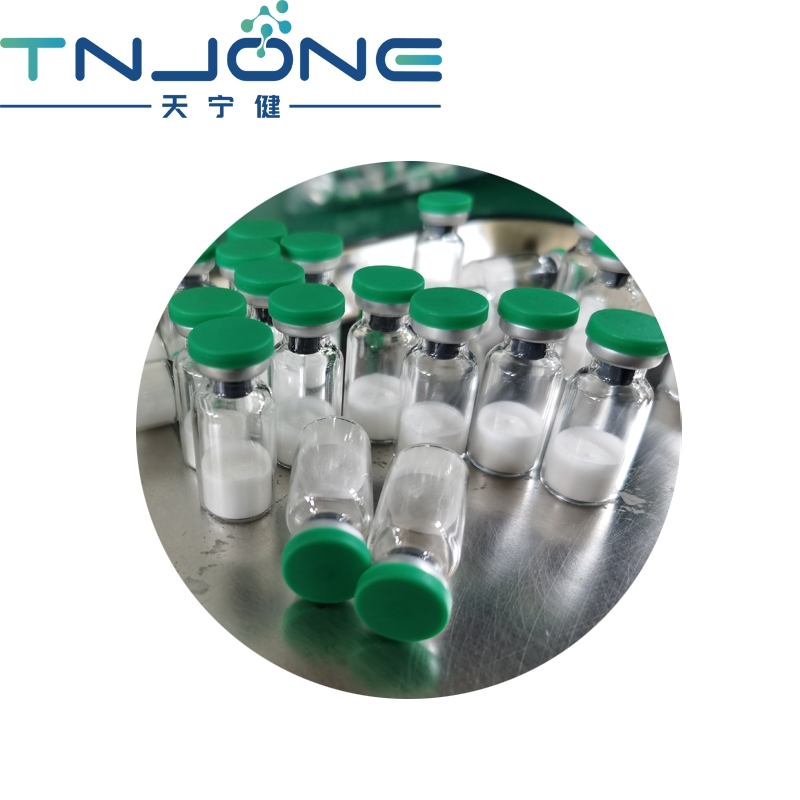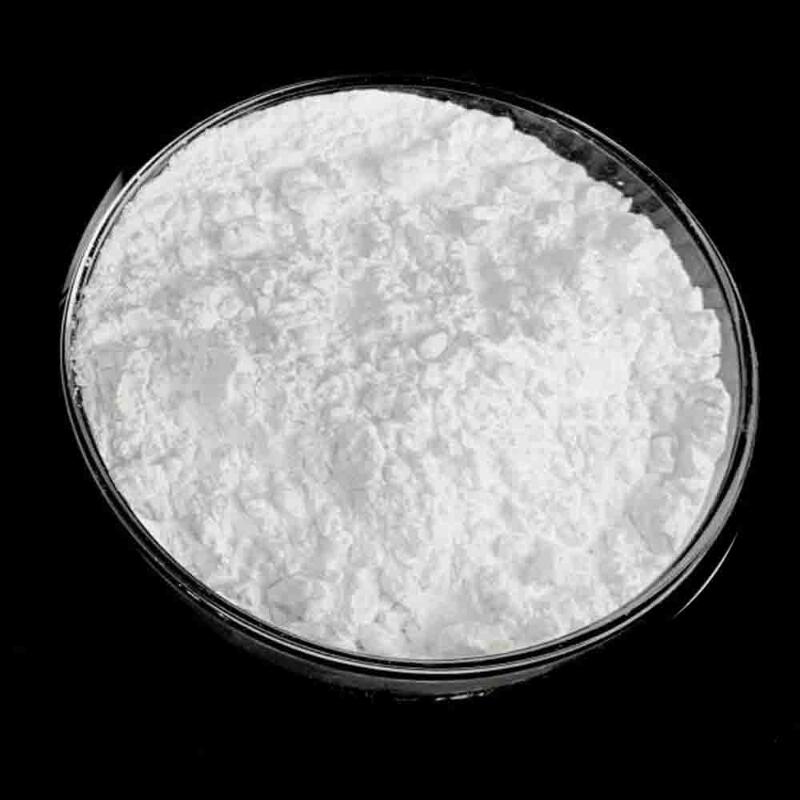-
Categories
-
Pharmaceutical Intermediates
-
Active Pharmaceutical Ingredients
-
Food Additives
- Industrial Coatings
- Agrochemicals
- Dyes and Pigments
- Surfactant
- Flavors and Fragrances
- Chemical Reagents
- Catalyst and Auxiliary
- Natural Products
- Inorganic Chemistry
-
Organic Chemistry
-
Biochemical Engineering
- Analytical Chemistry
-
Cosmetic Ingredient
- Water Treatment Chemical
-
Pharmaceutical Intermediates
Promotion
ECHEMI Mall
Wholesale
Weekly Price
Exhibition
News
-
Trade Service
(R)-Ftorafur is a chemical compound that is widely used in the pharmaceutical and agrochemical industries.
The production process of (R)-Ftorafur involves several steps, from the preparation of the starting materials to the final purification of the product.
Step 1: Preparation of the Starting Materials
The starting materials for the production of (R)-Ftorafur are p-Fluoro-alpha-methylbenzene and p-toluidine.
These materials are typically purchased from a supplier or synthesized in-house.
Step 2: Nitration
The next step in the production process is nitration, where p-Fluoro-alpha-methylbenzene is treated with nitric acid to create 4-nitro-p-Fluoro-alpha-methylbenzene.
Step 3: Halogenation
In the halogenation step, 4-nitro-p-Fluoro-alpha-methylbenzene is treated with a halogen, such as chlorine or bromine, to introduce further substitution.
Step 4: Reduction
The next step is to reduce the halogenated compound, which is typically done using a reducing agent such as lithium aluminum hydride (LiAlH4).
Step 5: Amination
The reduced compound is then treated with p-toluidine to create N-(4-nitro-phenyl)-L-alanine (L-alpha-Amino-4-nitro-p-Fluoro-benzene).
Step 6: Deprotection
The final step in the production process is deprotection, where the amino group of L-alpha-Amino-4-nitro-p-Fluoro-benzene is converted to an amide using a deprotecting agent such as hydrogen chloride (HCl).
This creates (R)-Ftorafur, which is the final product.
Quality Control
To ensure the quality of the final product, the production process of (R)-Ftorafur must be carefully monitored and controlled at each step.
This includes testing for impurities and verifying that the product meets the required purity and potency standards.
The final product must be thoroughly characterized to ensure that it is safe and effective for use in pharmaceutical or agrochemical applications.
Conclusion
The production process of (R)-Ftorafur is a complex series of chemical reactions that requires careful control and monitoring to ensure the quality of the final product.
This compound is widely used in the pharmaceutical and agrochemical industries and plays a critical role in the development of new medicines and crop protection products.
Understanding the production process of (R)-Ftorafur is essential for ensuring the safe and effective use of this important chemical compound.







